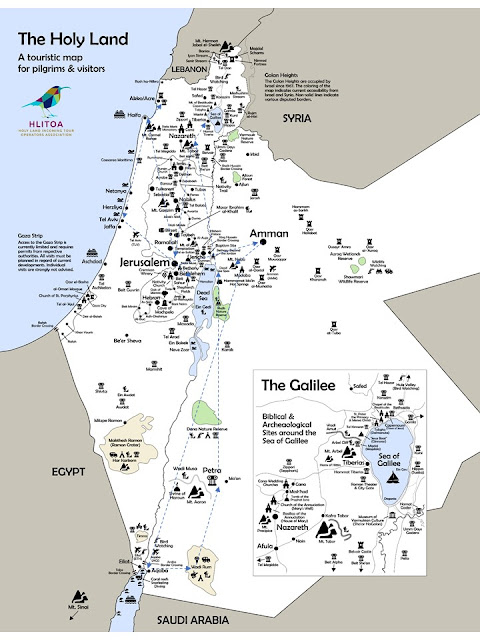Introduction

A journey of faith. I am on my Way. 8th Dec 2019 Amman - Mt Nebo - Madaba - Aqaba 9th Dec 2019 Aqaba - Wadi Rum desert - Petra 10th Dec 2019 Petra (walk through the Canyon) - Dead Sea 11th Dec 2019 Dead Sea - Baptismal Site - Amman - Dead Sea 12th Dec 2019 Dead Sea - Nazareth - Tiberias 13th Dec 2019 Tiberias - Sea of Galilee - Capernaum - Mt Tabor - Tiberias 14th Dec 2019 Tiberias - Sermon on the Mount - Golan Heights - Jerusalem 15th Dec 2019 Jerusalem (Ein Karem Visitation & St John Baptist Church), Abu Gosh 16th Dec 2019 Jerusalem - Bethlehem - Jerusalem 17th Jerusalem (Mt of Olives, Gathsemane, etc) 18th Dec 2019 Jerusalem (Old City, Western Wall, etc) 19th Dec 2019 Jerusalem (Holy Sepulchre, Via Dolorosa, etc) 20th Dec 2019 Jerusalem - Nablus (Jacob's well) - Taybeh - Jerusalem Extended 21st Dec 2019 Jerusalem - Wadi Qelt - Jerusalem Extended 22nd Dec 2019 Jerusalem - Haifa Extended 23rd Dec 2019 Haifa

